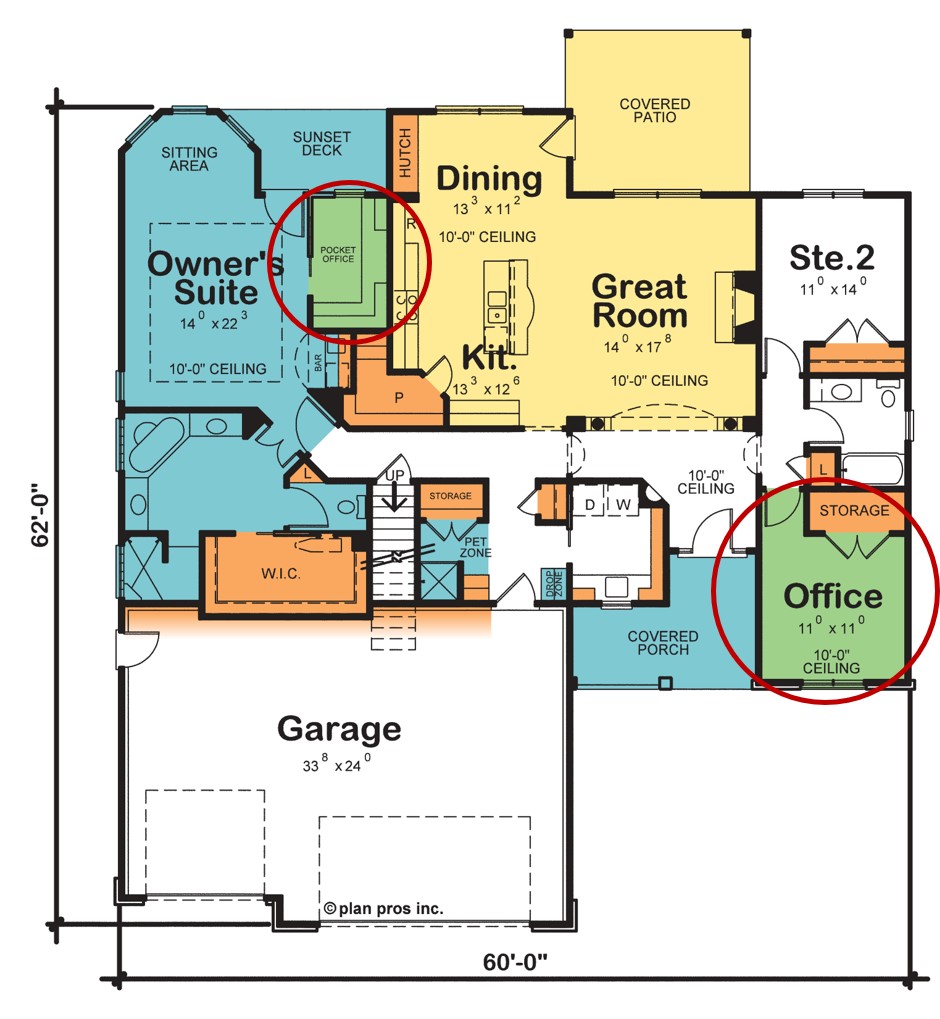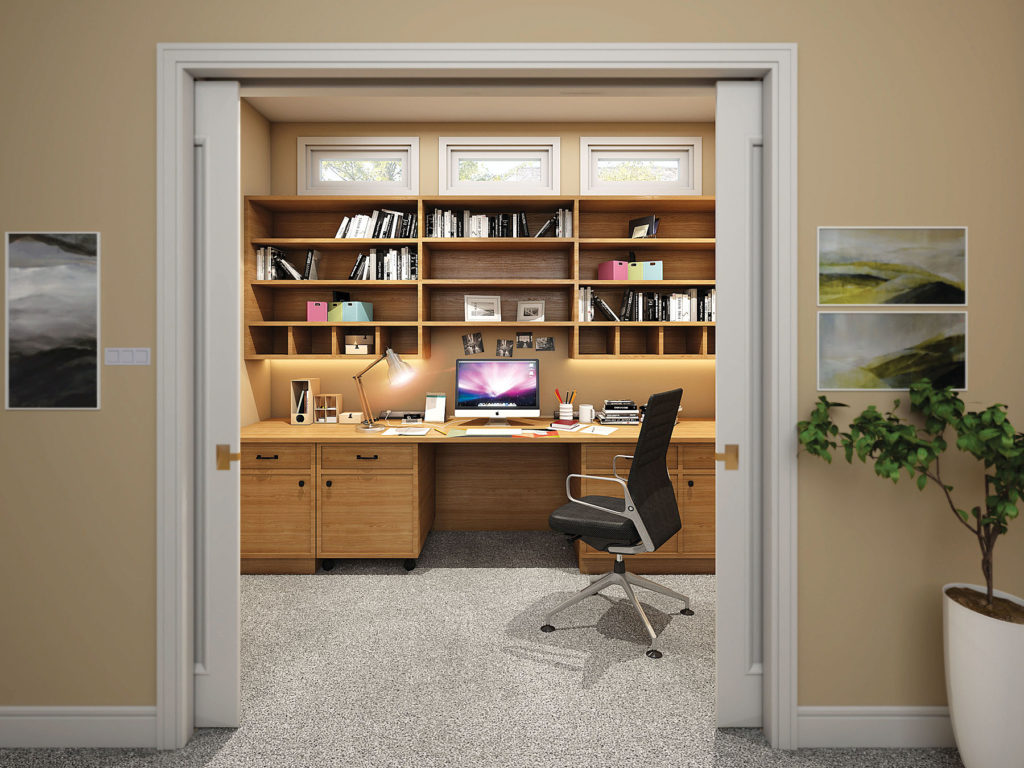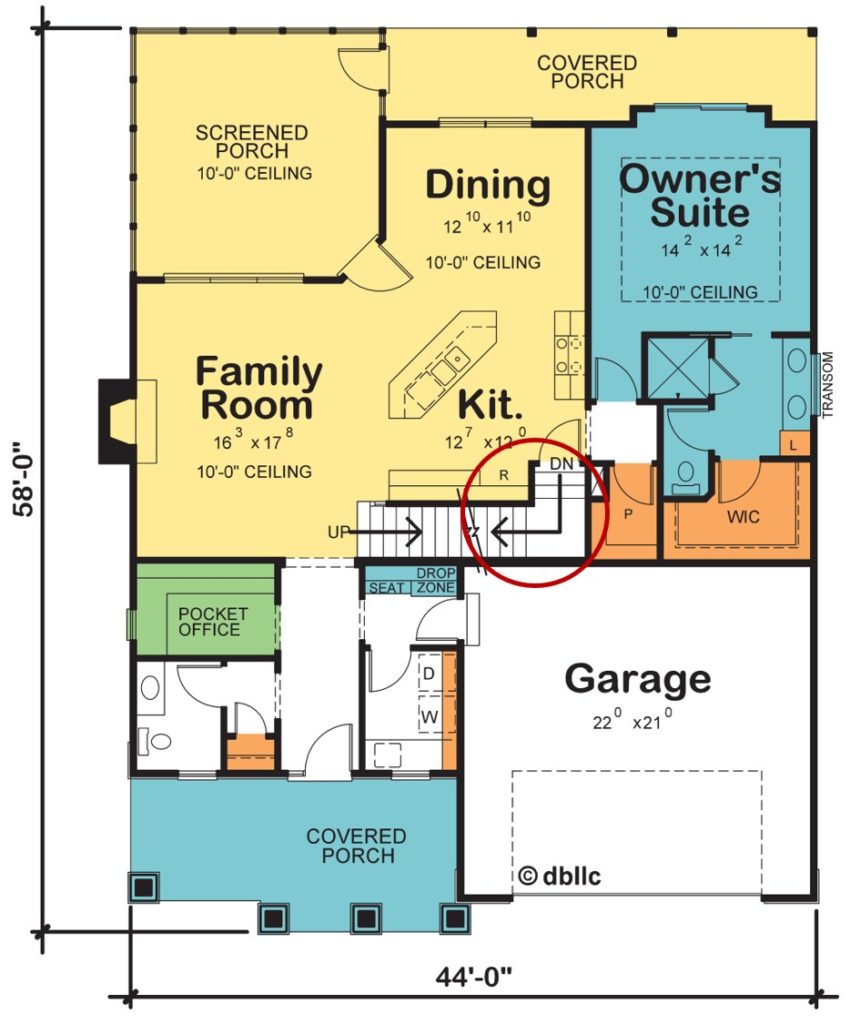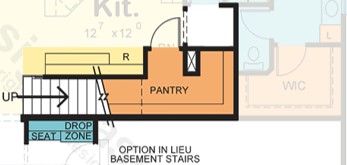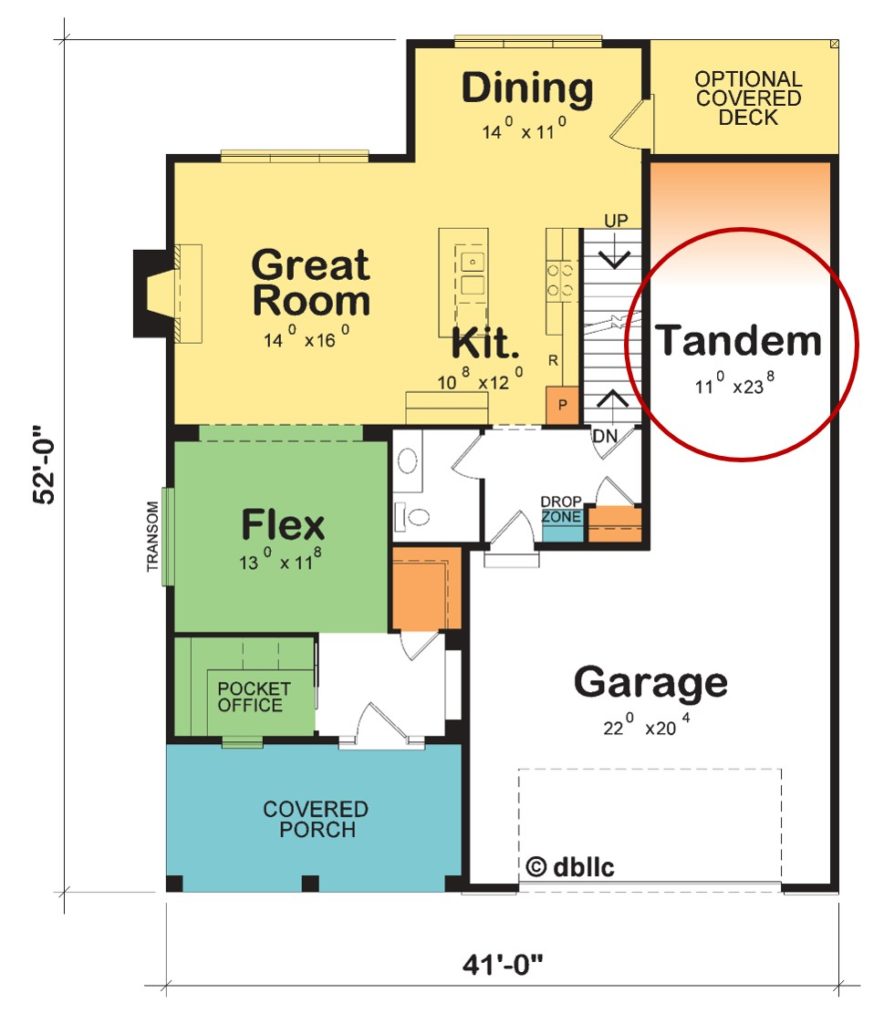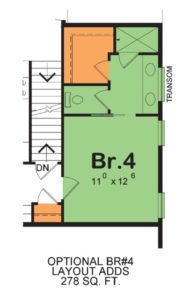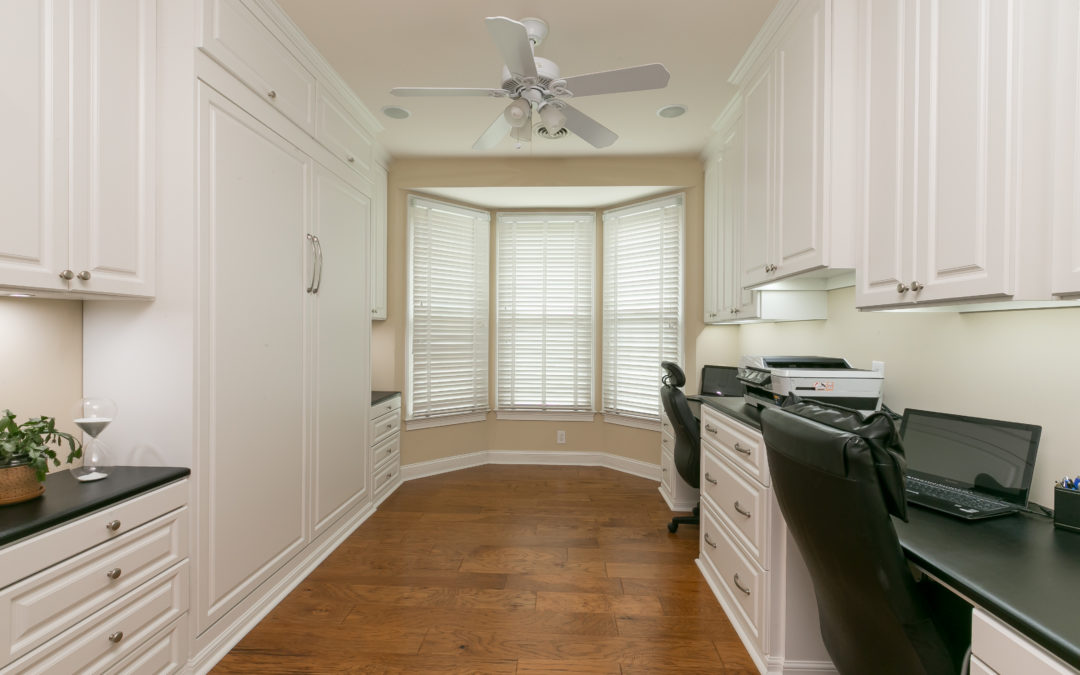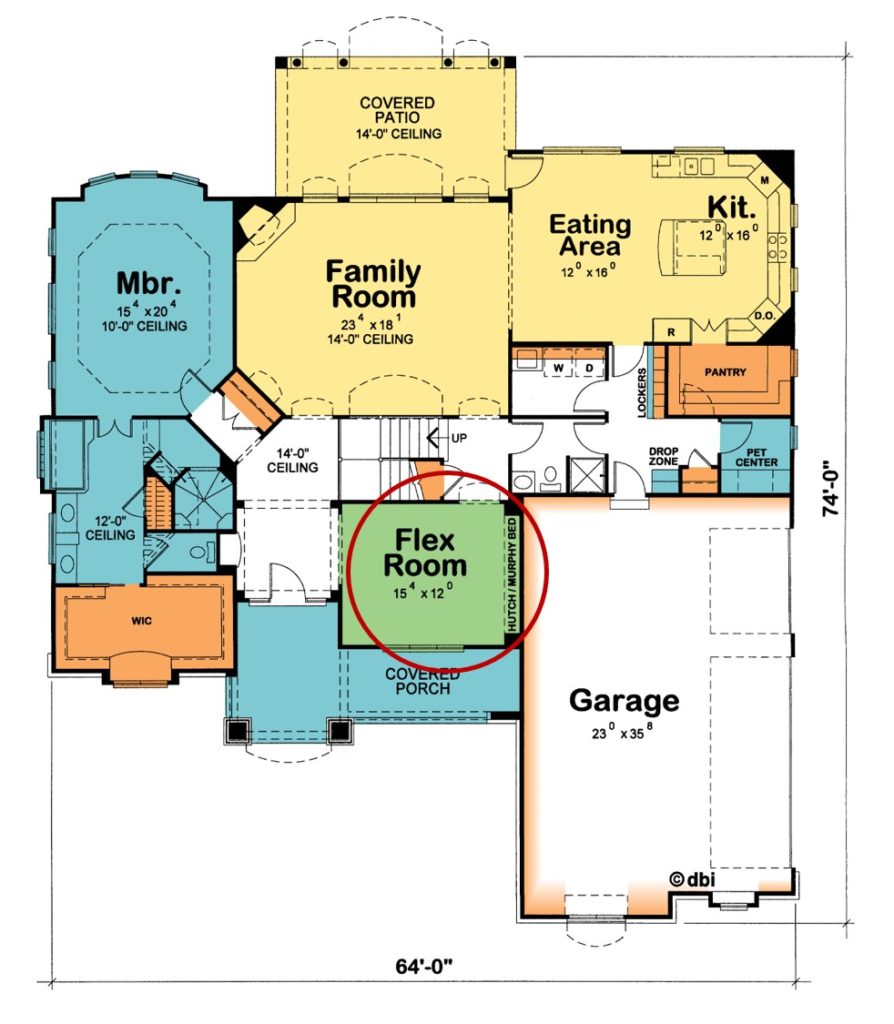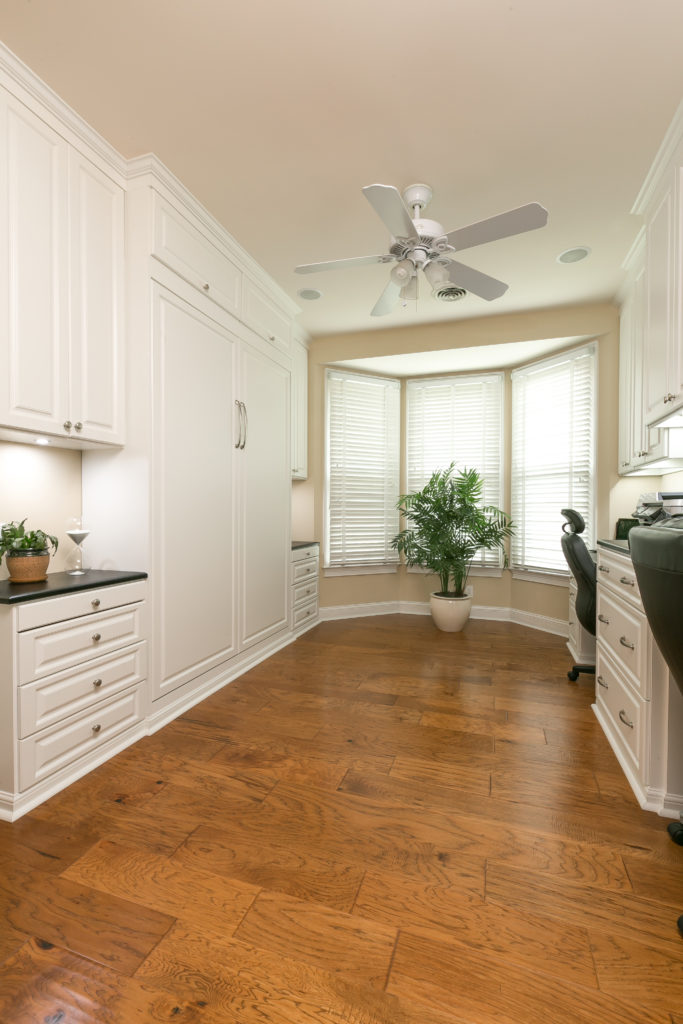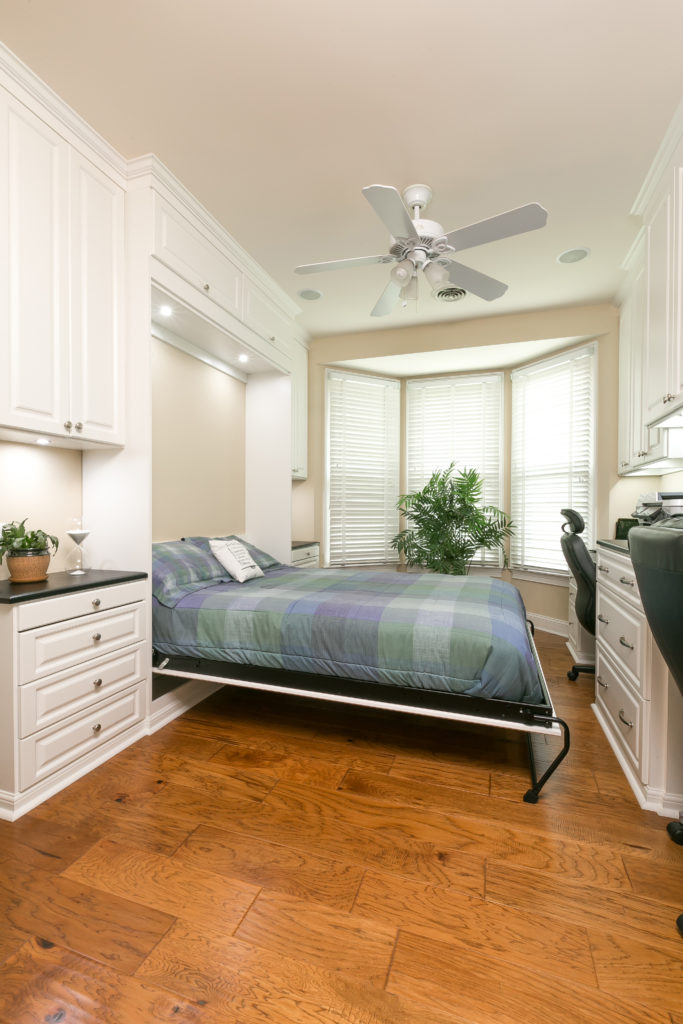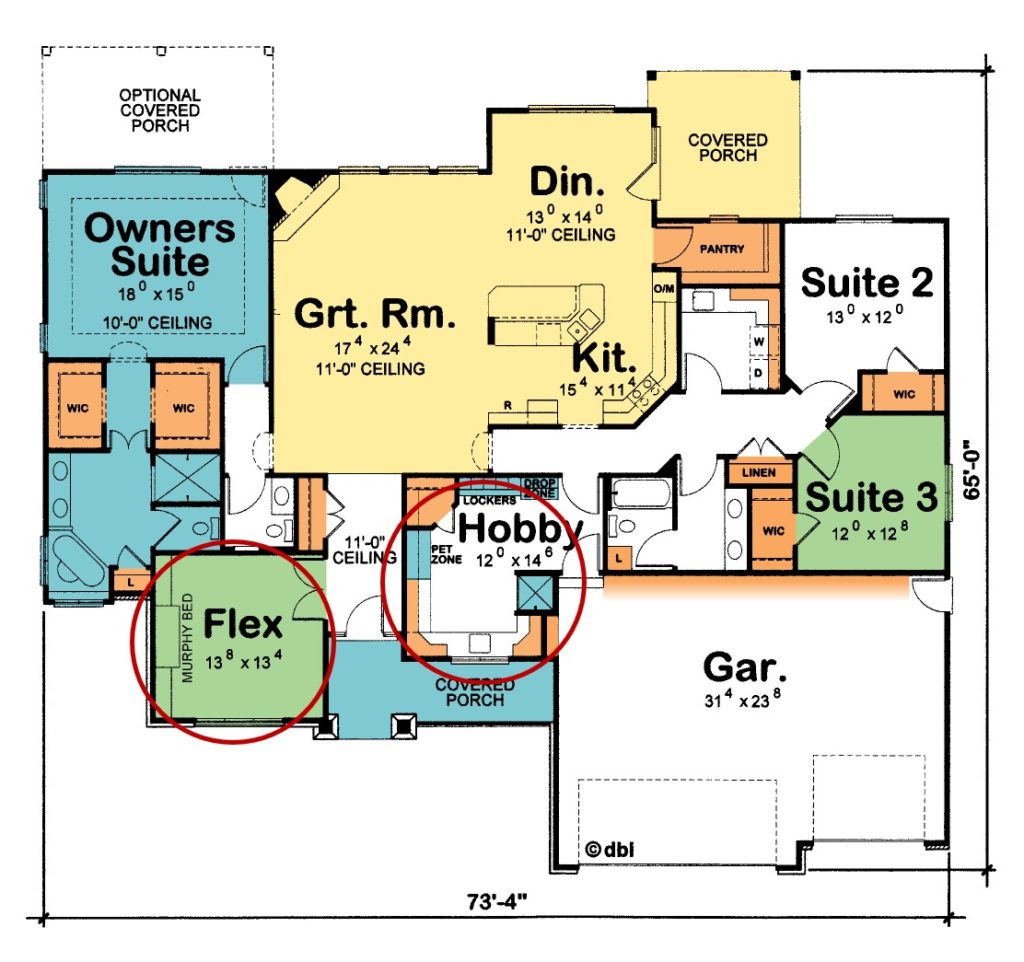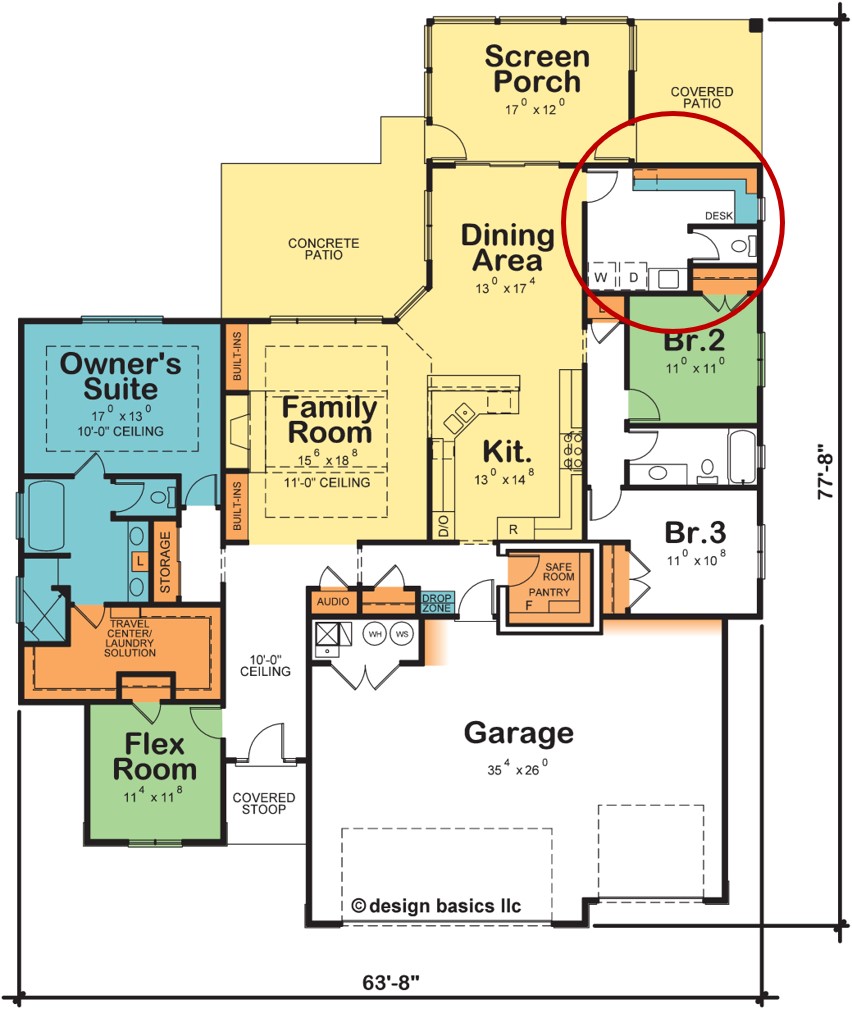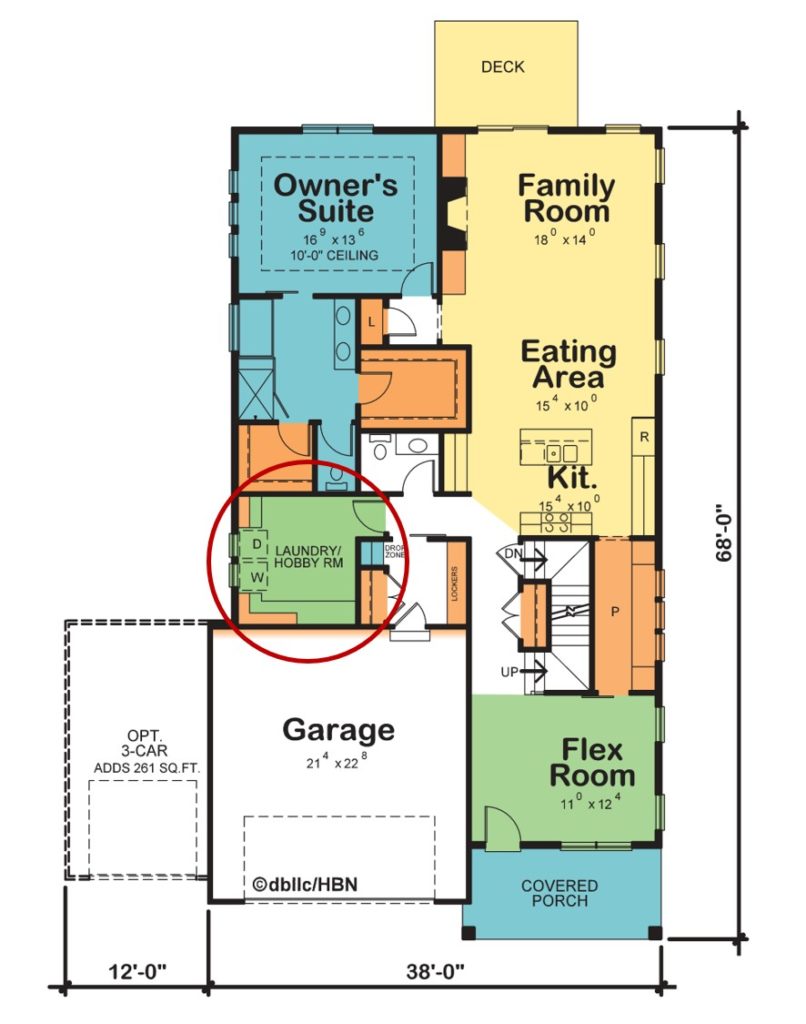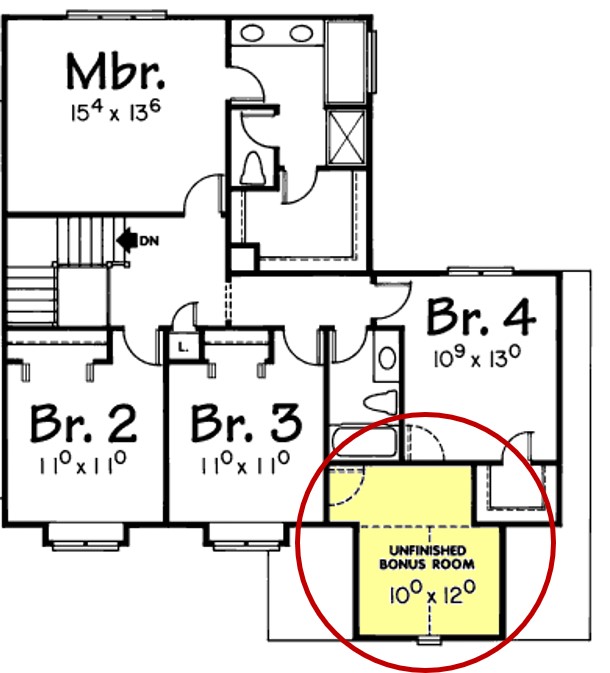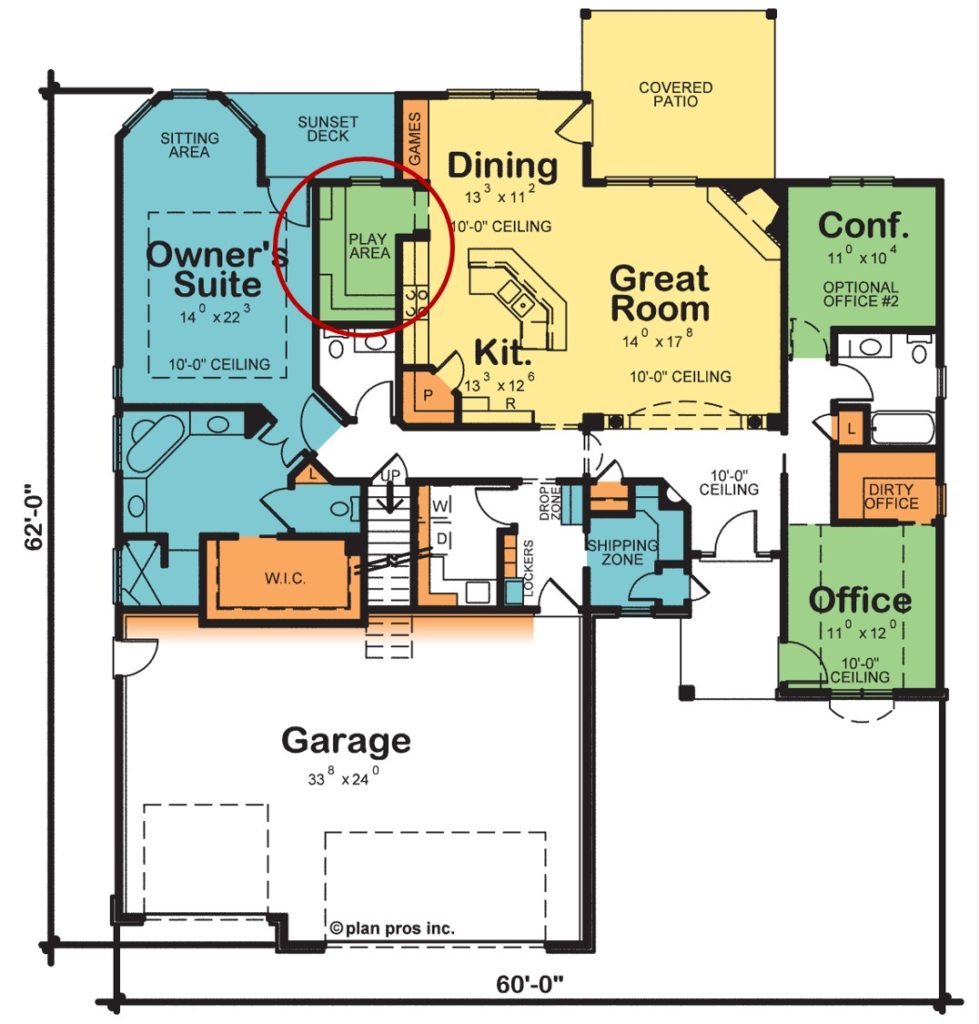
How do You Like to Entertain?
This should be a question asked of every home buyer. That answer likely will have a profound effect on finding the right home for you. Formal living and dining rooms provide a welcome sensory buffer from the kitchen (visual mess, clatter and chatter, cooking odors) when entertaining. But ask any real estate agent, today the majority of home buyers seek large, combined entertaining spaces with a socializing area and expandable eating area, both open to the kitchen. Yes, as a nation we’ve become a bit more casual – just look at how we dress for work or church. What else is driving the popularity of the open concept? Practicality – buyers understand “cost per square foot” and value space they could use daily more than infrequently used formal entertaining areas. Togetherness – as family time together is increasingly rare and a separate kitchen often results in isolation when prepping, cooking, or cleaning up. And, multi-tasking – whether that’s watching TV while preparing dinner or keeping tabs on the kids after dinner.
The semi-formal “Great Room” borrowed from both the formal living room and casual family room. Often open to the front entry, great rooms may showcase the living room’s attractive finishes (flooring, ceiling treatments) and amenities (fireplace, lovely windows) as well as the family room’s big TV and comfortable furniture. Unrestricted by walls, which limited table size and therefore seating, an open dining area allows you to extend the table, accommodating big family holiday meals. Cherished memories! After all, grandparents, aunts, and uncles came to be with everyone, not to sit at the “adults” table while the kids eat elsewhere.
Though it is already a generous-sized dining area, the Sunflower Glen (plan #42425) has an open layout that permits “temporarily borrowing” space from the great room, so that you can add leaves to your dining table or set up another table alongside your existing table for large dinner gatherings, allowing everyone to be together.
More than the clothes we wear and the vehicles we drive, we reveal ourselves through our homes. Now part of the public entertaining space, kitchens add to your story. Appliances may suggest the serious chef; storage can be beautiful and obvious, minimalist and hidden, or unique and colorful; and finishes, including flooring, counter tops, and back splashes, speak volumes about who you are. Eliminating kitchen clutter assumed new importance, ushering in solutions such as the Drop Zone to catch items when you first arrive home, Small Appliance Centers (see the Sunflower Glen above) to keep such items off your kitchen counter tops, and larger prep pantries or ironically, Work-in Pantries which, while corralling the mess, harken back to the separate, closed-off kitchen spaces typical of older home designs.
In the excitement of a model home tour, sometimes unnoticed is the presence and design of the front entry foyer. While it’s true that most of the time we go in and out of our homes through the garage, we still welcome guests into our homes at the front door. Do you prefer a home that opens directly into an entertaining space such as the great room? While immediately welcoming, people living in such designs have mentioned they sometimes miss out on greeting their visitors. Conversely you may prefer a more formal sense of entry for receiving visitors, but this comes with the added cost of that square footage. Is there a closet at that front entry, or do you plan on hanging coats elsewhere?
When entertaining, people gravitate towards sunny spaces. Physiologically, our eyes are attracted to light and studies show that sunlight triggers the release of serotonin in our bodies, a feel-good chemical. Add in the obvious benefit of being able to easily and clearly see everything, and sun-filled entertaining areas win almost every time. Oversized windows, particularly out the back of the home can offer beautiful vistas. Or, you might spend the same amount of money on standard size windows placed on two, or sometimes three sides of your entertaining area, ushering in daylight from multiple directions. Sunlight can be more prevalent in our kitchens as well. By accommodating storage needs with an extra-deep pantry, the Silver Creek (plan #42028 shown below) omits traditional upper cabinets on the rear kitchen wall in favor of additional windows! When we’ve shown home buyers the opportunity to delete some upper cabinets in favor of additional windows in the kitchen, most will gladly spend a little more for the added sunlight. Just be sure you’ve addressed that “lost” storage with, say, an oversized pantry.
What about your kids? While the open kitchen/dining/great room layout can work great for your neighborhood get-together, where will the kids play and not disrupt the party? If you are fortunate enough to have a basement foundation, that may be your answer – a play room in the basement. But if you’re building on a slab or crawl space, having a secondary entertaining place for their play is the recipe for everyone’s enjoyment. Finishing off space over a garage is ideal for noise reduction. In lieu of a two-story high entertaining room, would you see more value in a rec room built atop that main floor entertaining area? And though primarily envisioned as a place for parents with their children, the Family Lounge can also double as a kids’ entertaining area.
The Cedar Glen II (plan #42229) offers the potential of finishing nearly 250 sq. ft. of space over the garage – an ideal place for kids’ entertaining.
The Honey View (plan #42343) includes an upstairs rec room accessed by a couple stairs, allowing the entertaining area directly under to still feature an impressive 11-foot high ceiling.
The Dillon Park (plan #42477) provides a family lounge upstairs, which could double as kids’ entertaining space.
Join us next week for: Outdoor Entertaining at Home
Livability at a Glance™ is our proprietary color-coded floor plan system that highlights four different lenses especially important to women: Entertaining, De-stressing, Storing, and Flexible Living. Discover your Lifestyle Profile by taking our Livability at a Glance Quiz.
For more resources on thoughtful design and products:
- Visit our blog
- Browse our Her Home™ Magazine
- Thoughtful Design Concepts
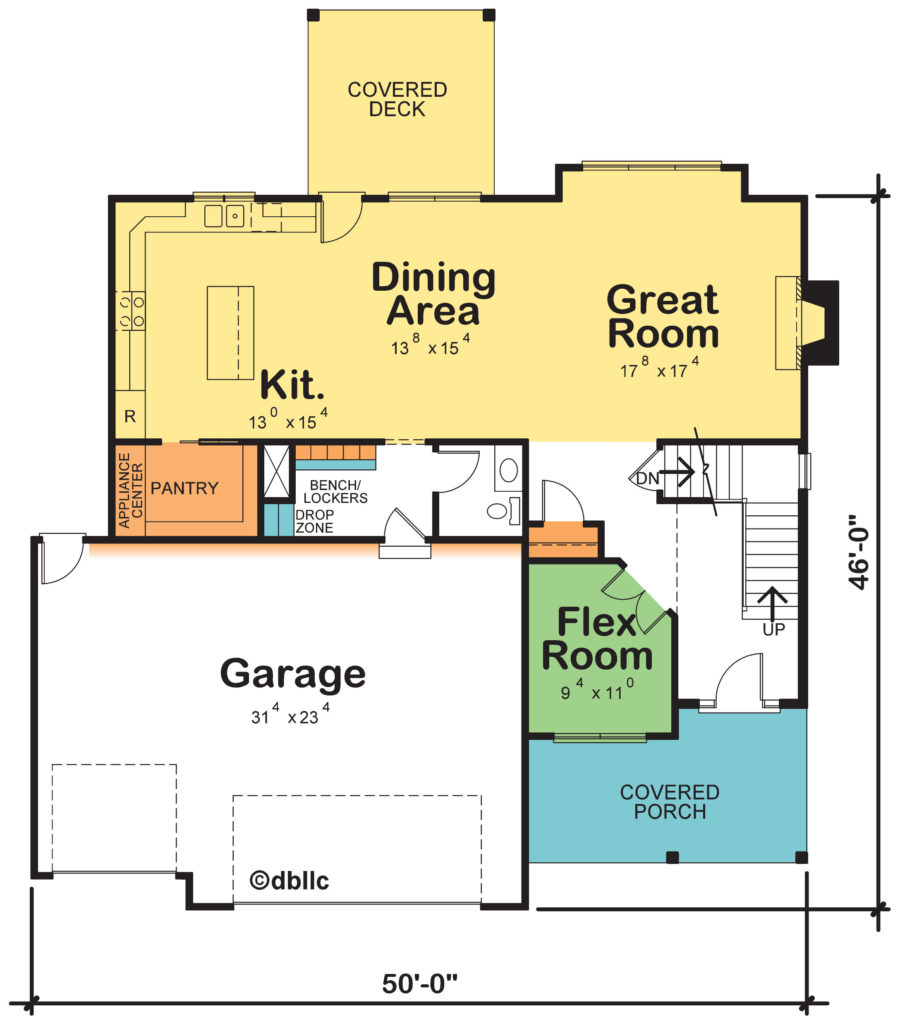
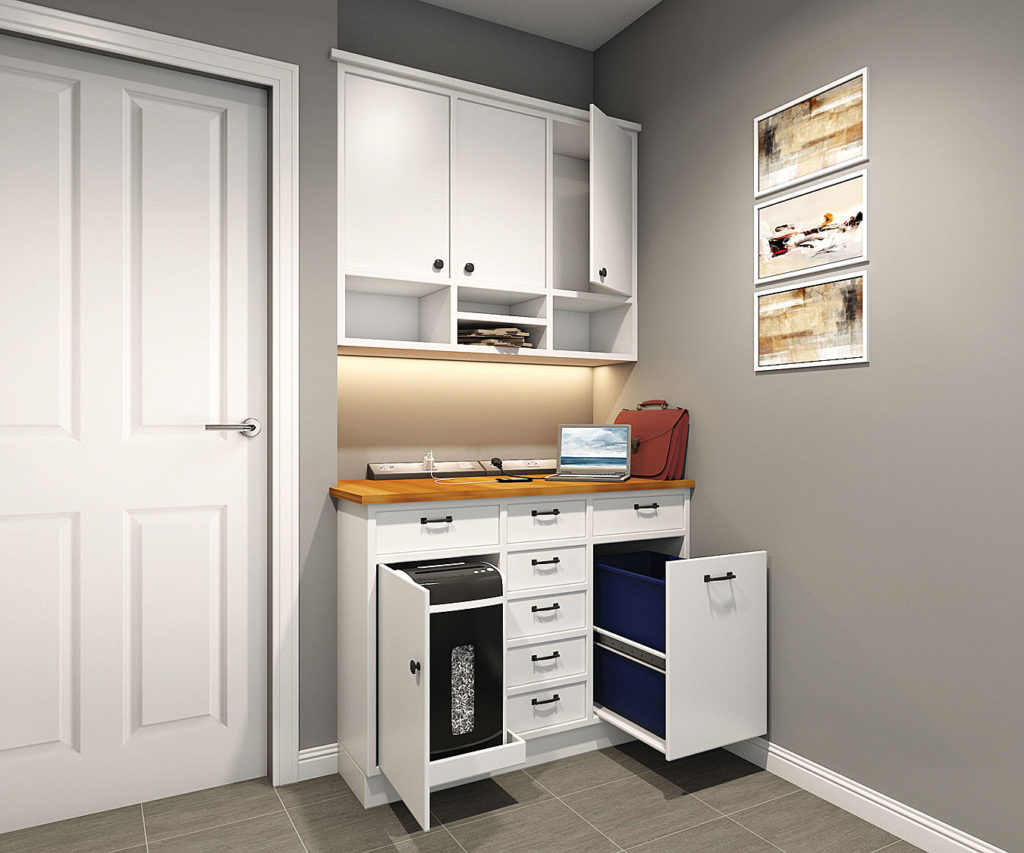
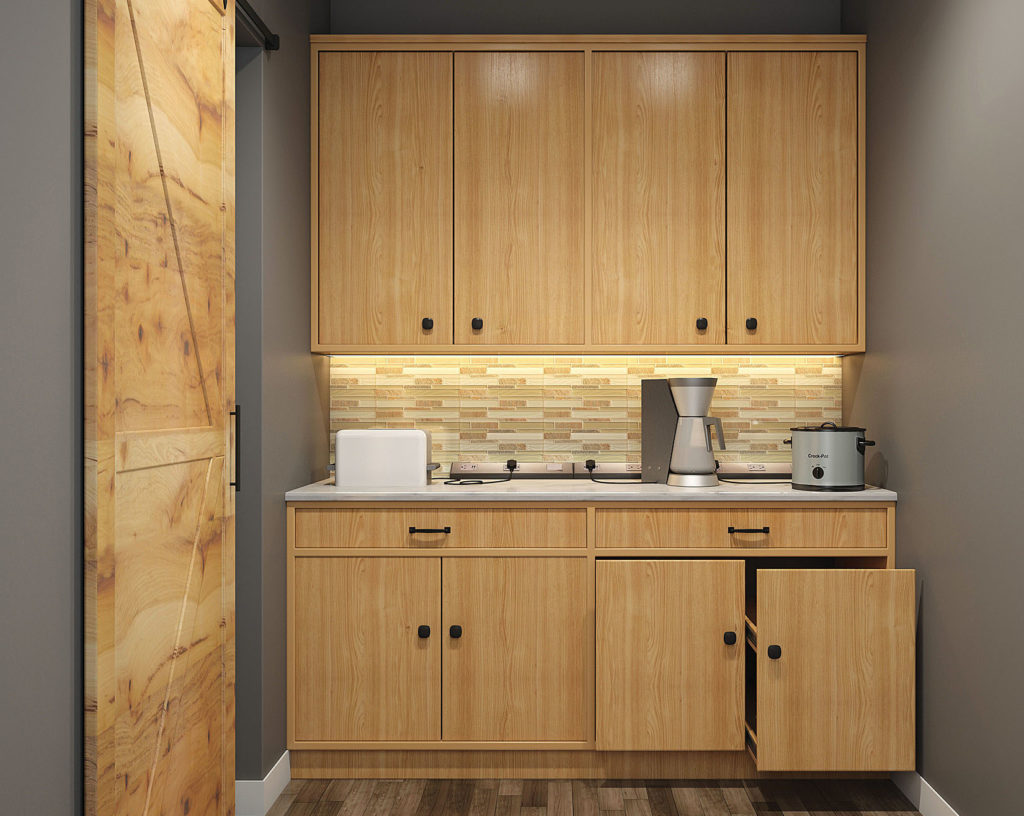
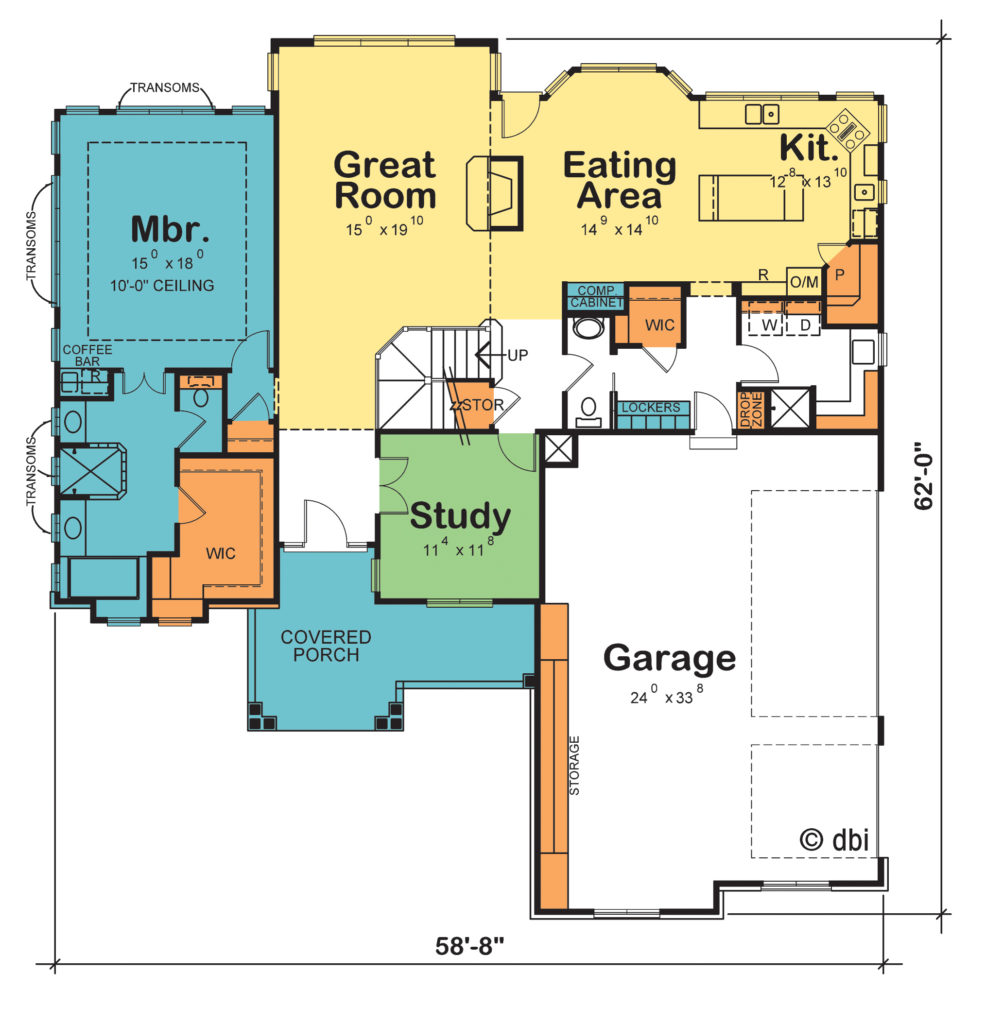
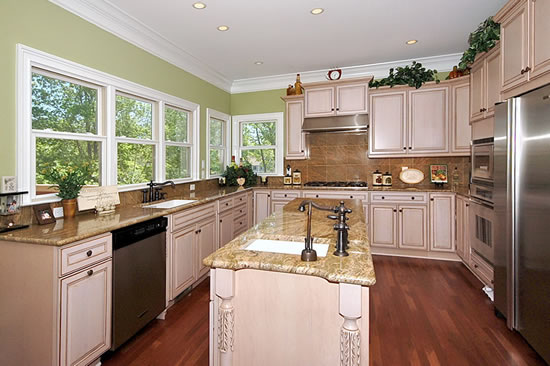
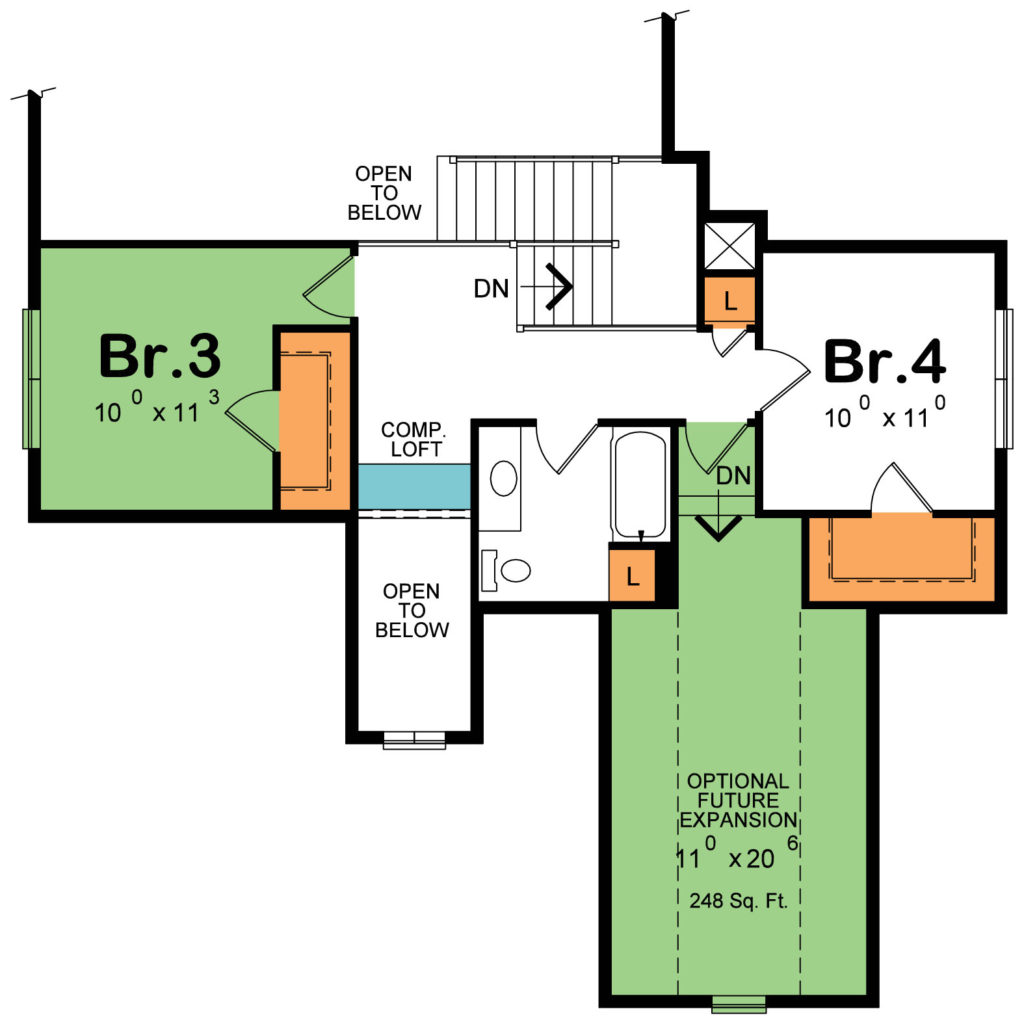
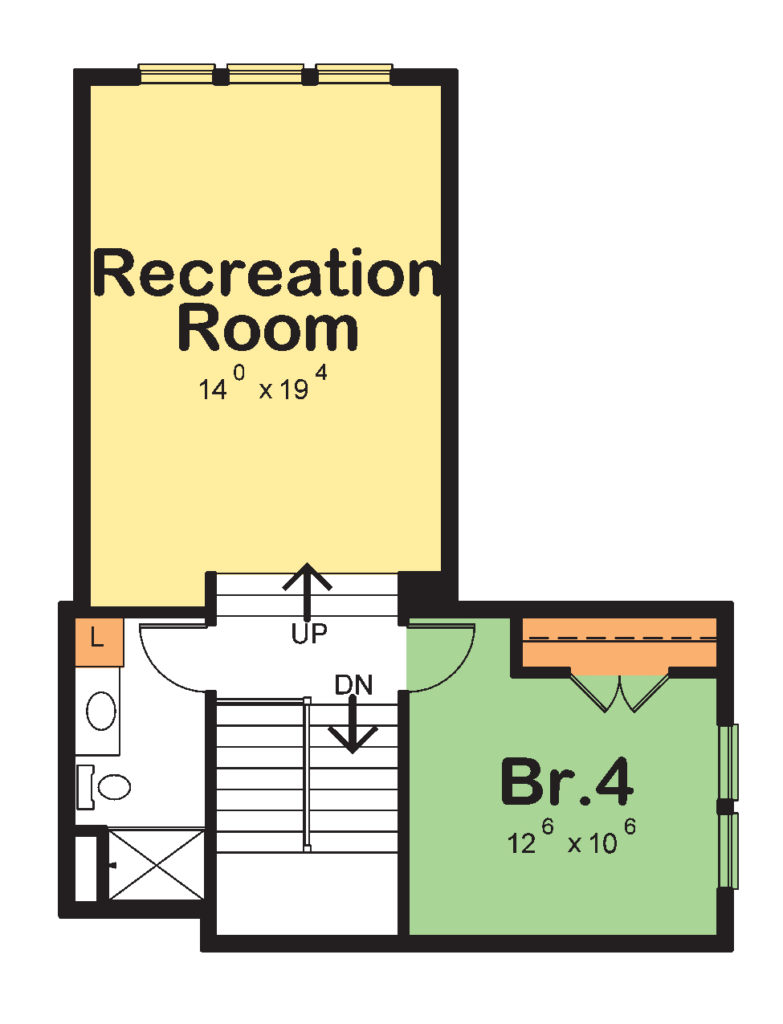
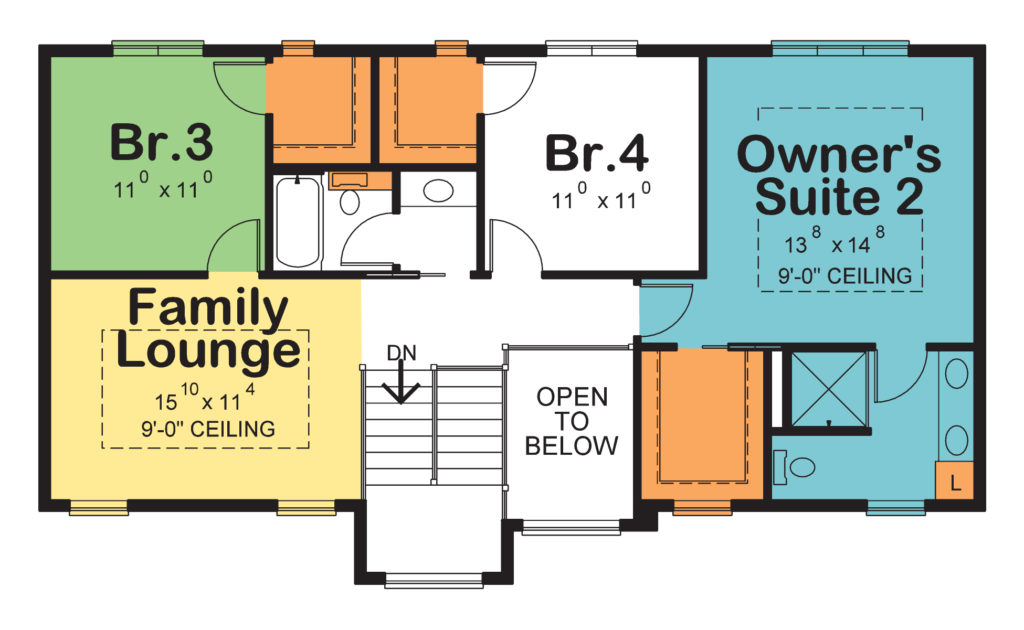

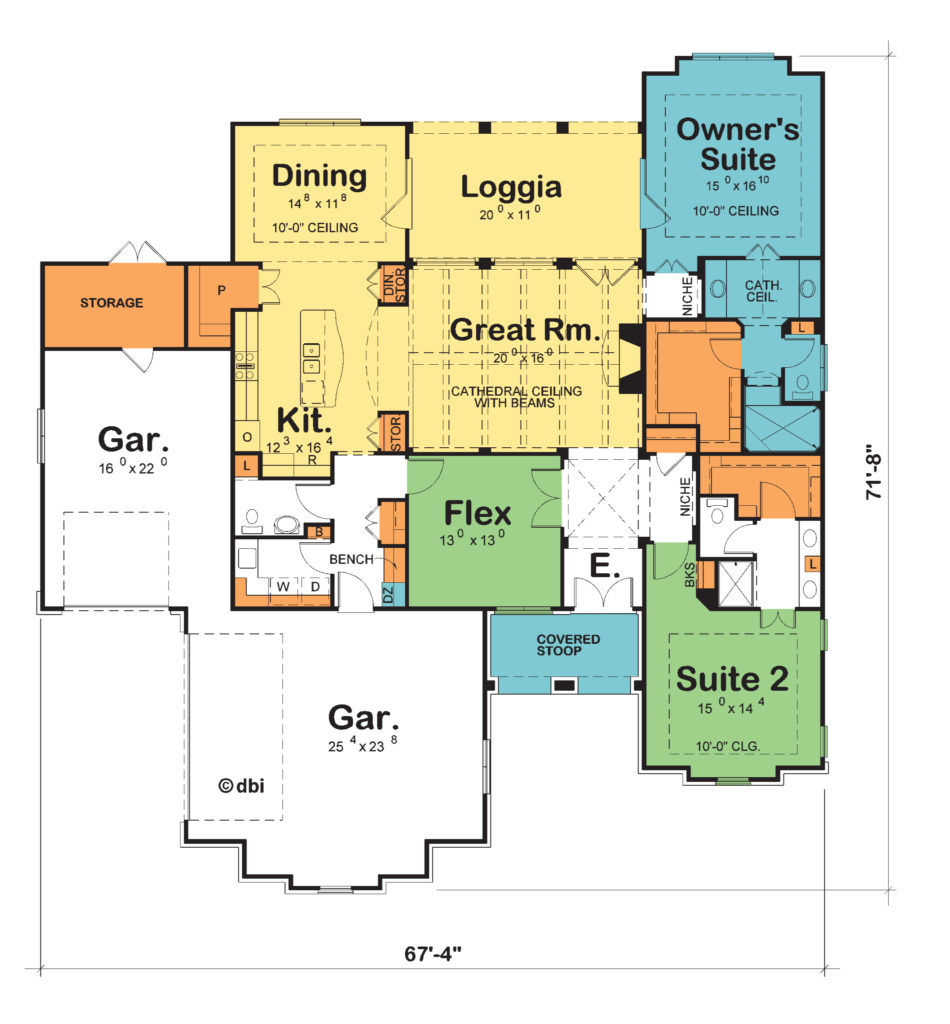
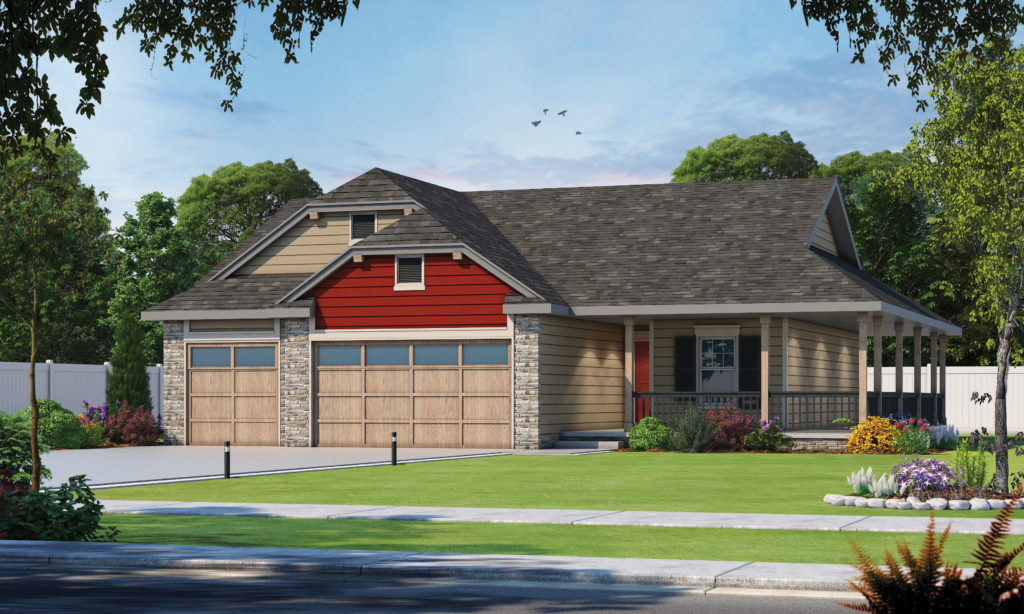
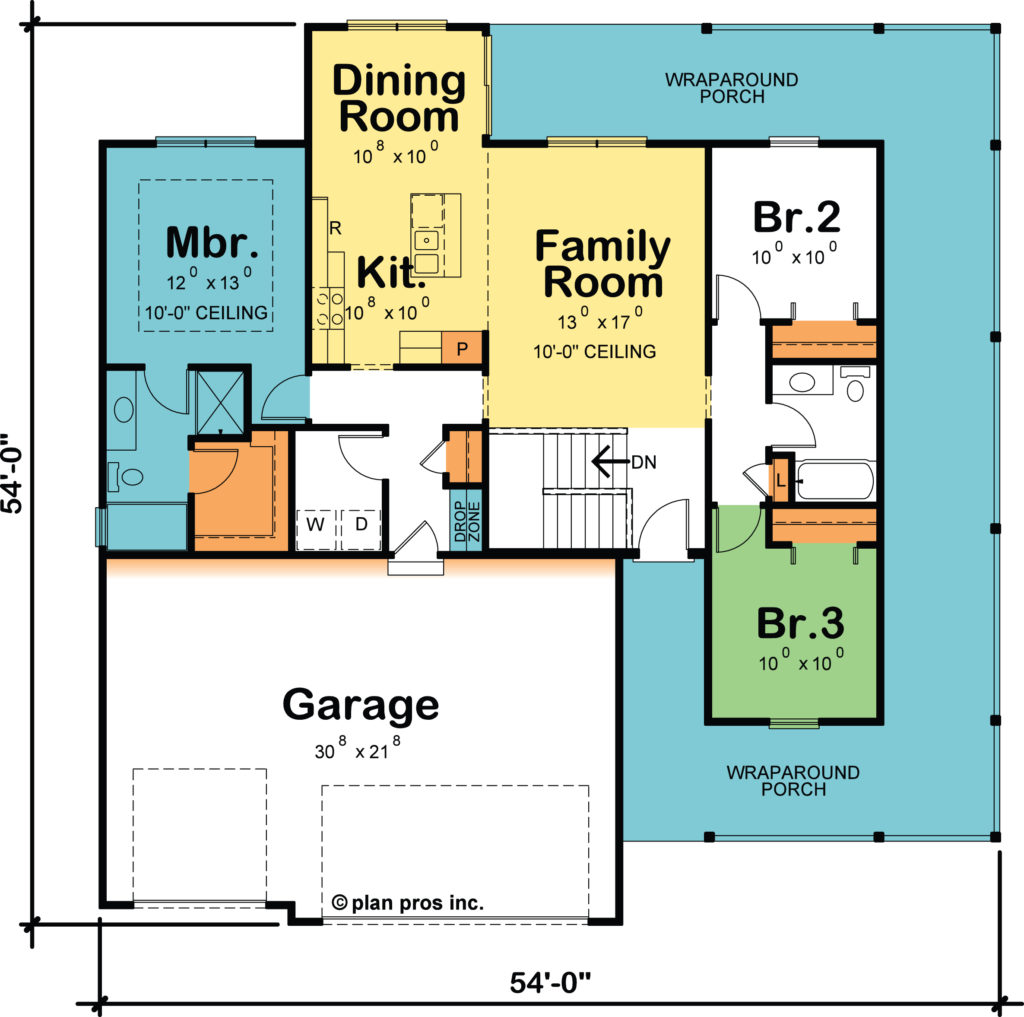
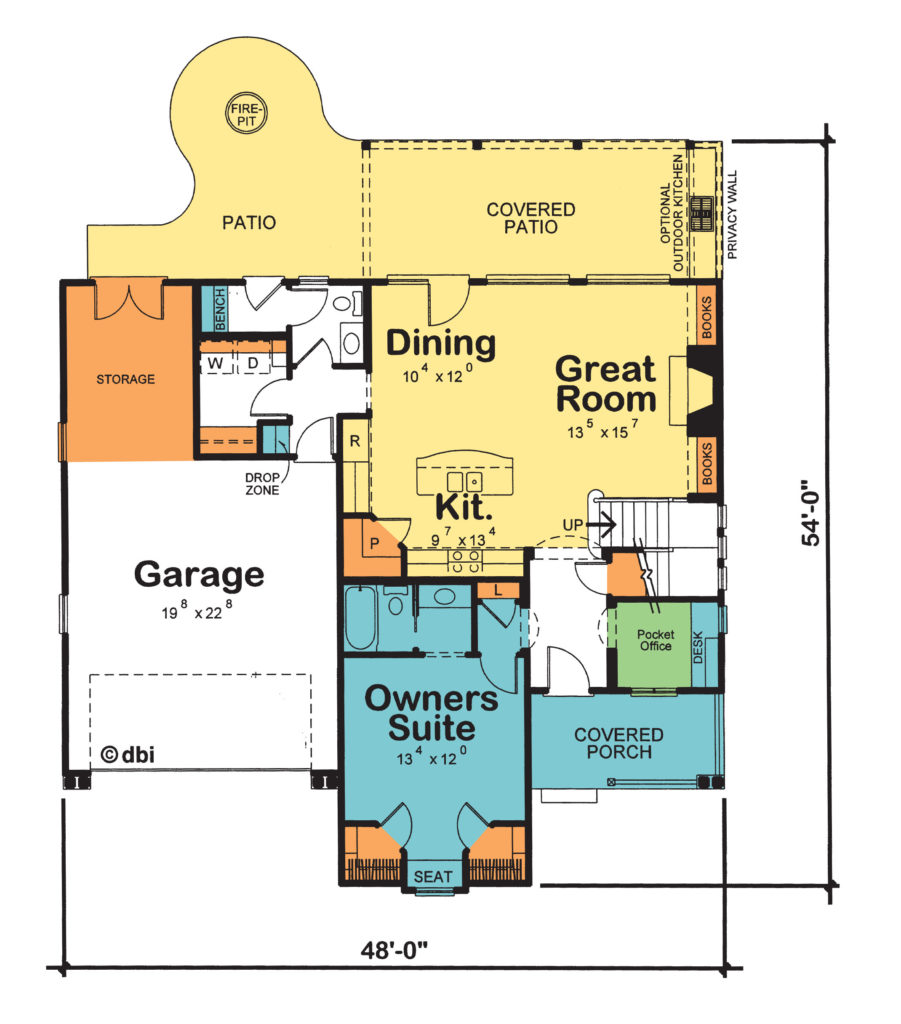
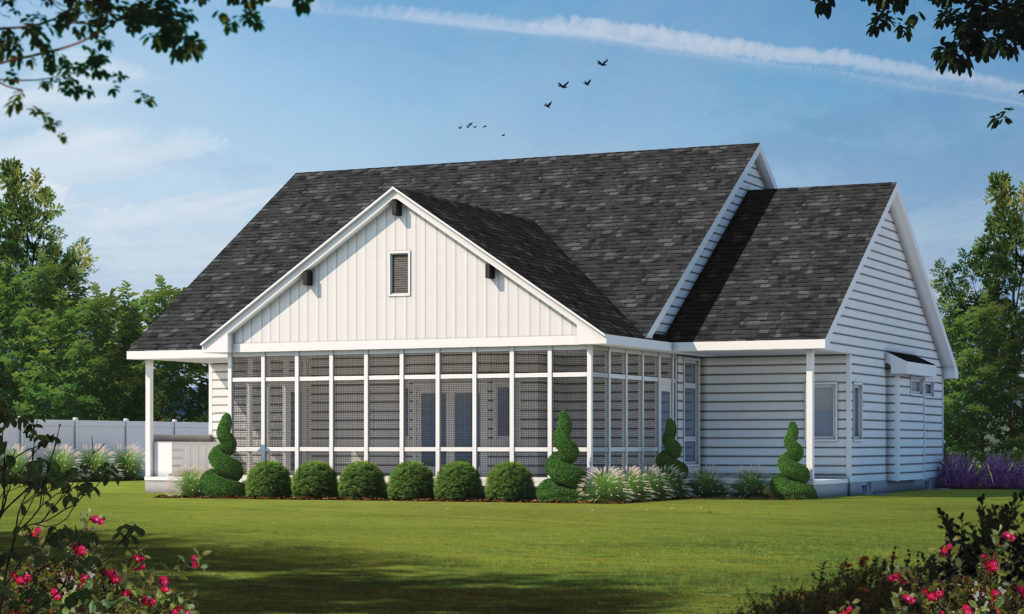
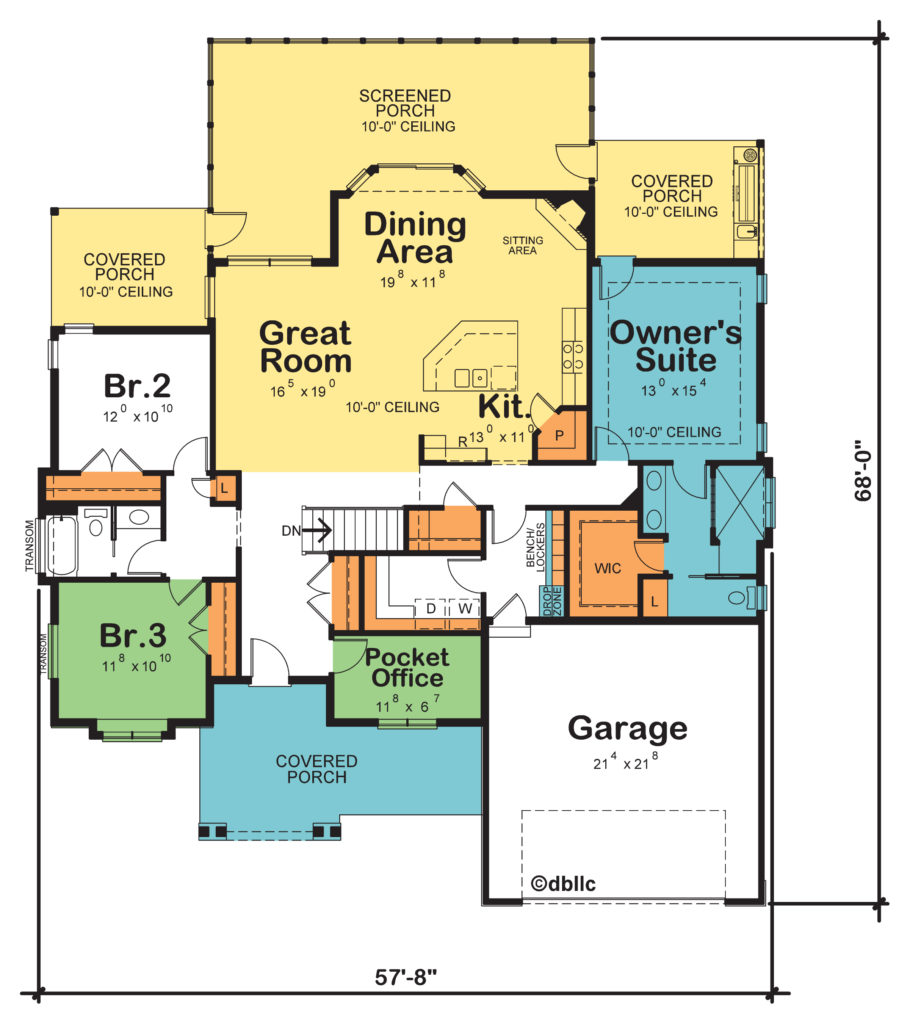

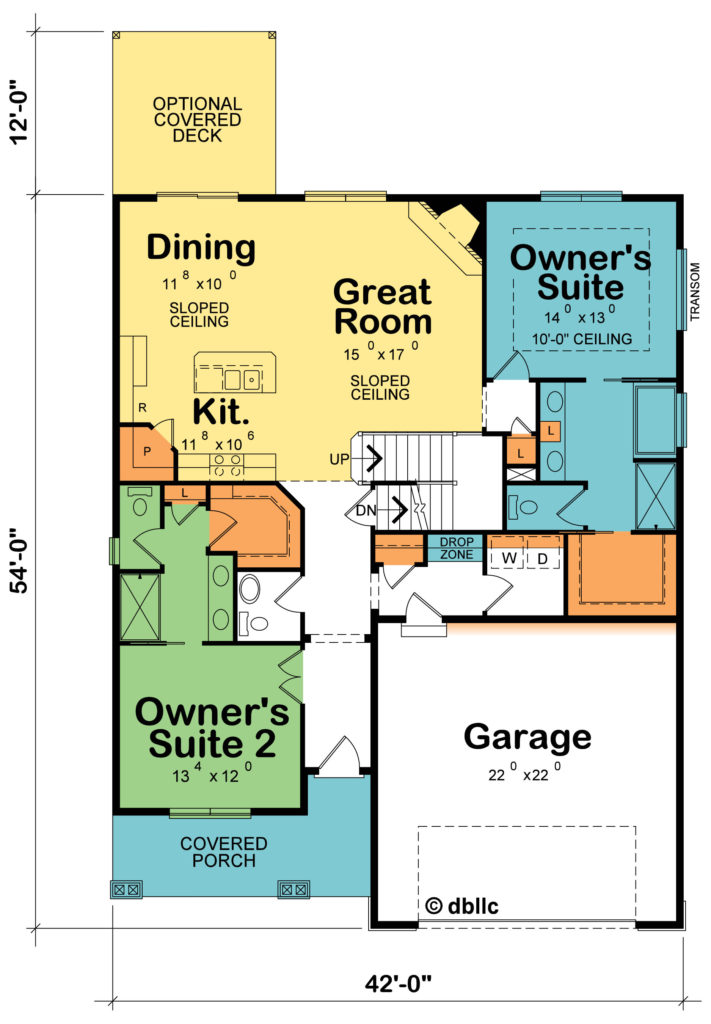
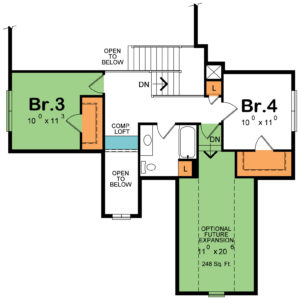
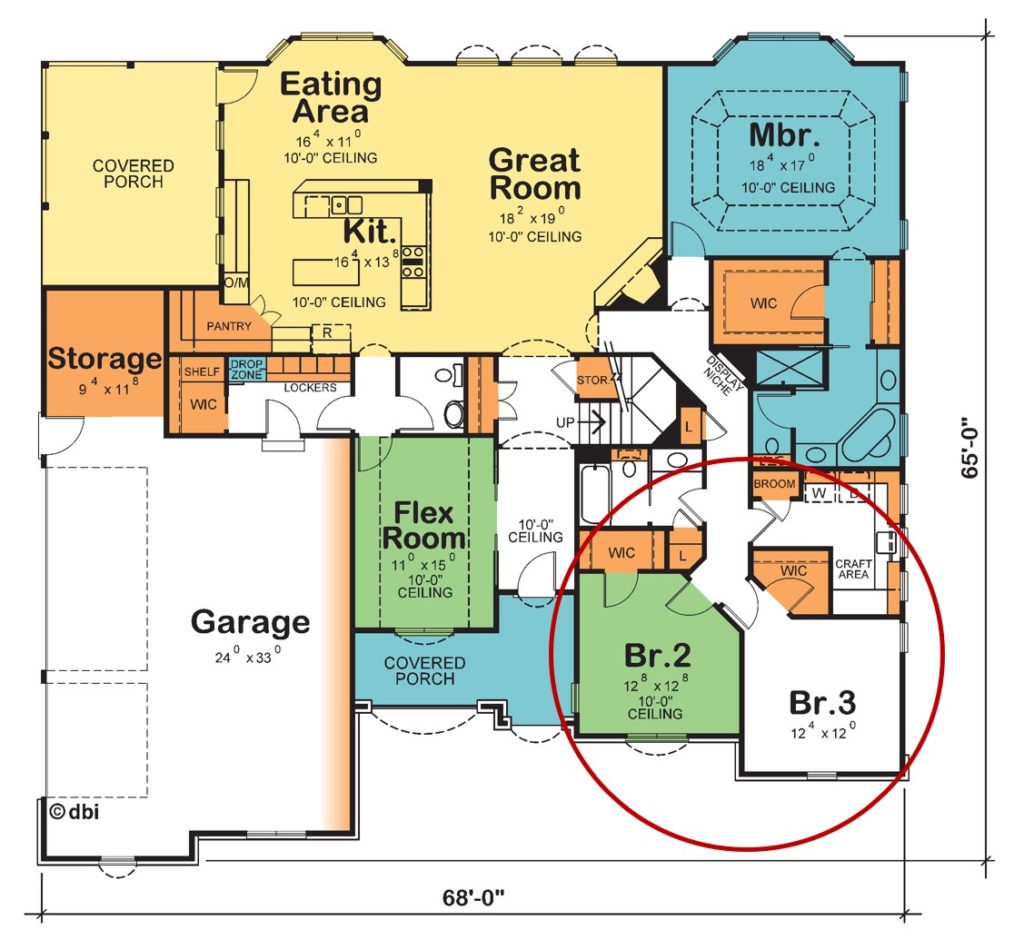
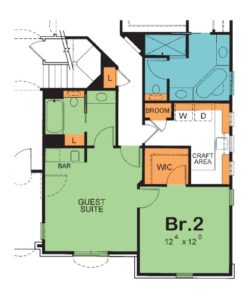
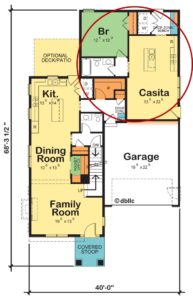
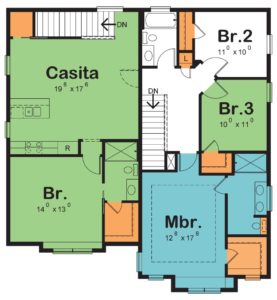

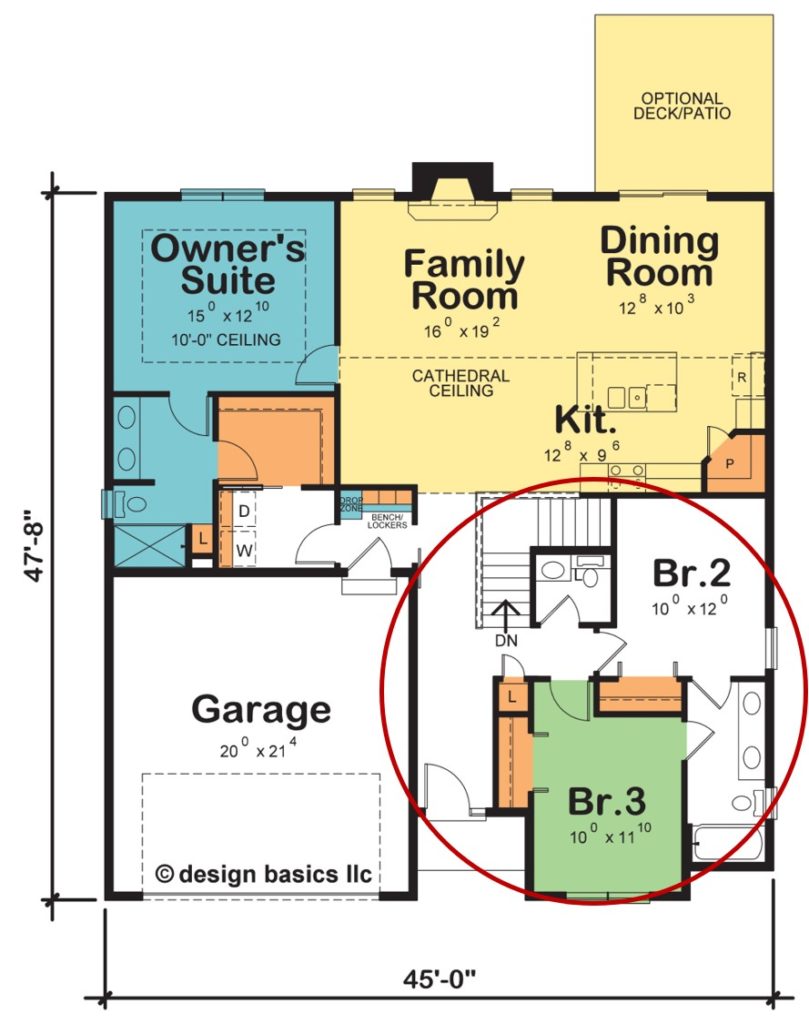
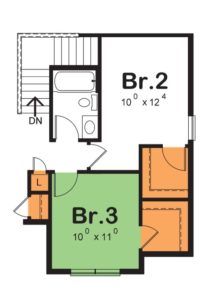
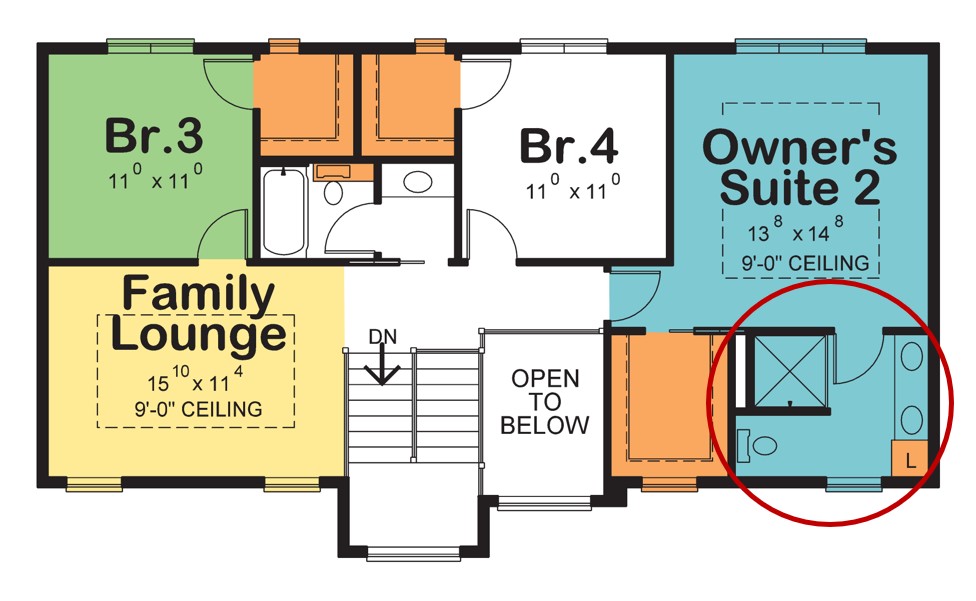
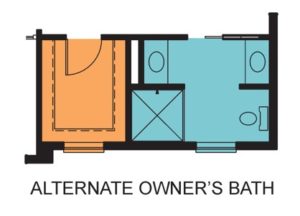
 That two-story entryway is a “Wow!” feature many buyers like or even expect; however, other buyers look at that space and wonder how much it costs to heat, considering it “wasted space.” For these buyers, instead of the two-story entry, they could opt to add the 6’-4” x 8’-8” “open to below” space to the walk-in closet, plus have a convenient seat for dressing (natural light is great for discerning colors in your wardrobe!).
That two-story entryway is a “Wow!” feature many buyers like or even expect; however, other buyers look at that space and wonder how much it costs to heat, considering it “wasted space.” For these buyers, instead of the two-story entry, they could opt to add the 6’-4” x 8’-8” “open to below” space to the walk-in closet, plus have a convenient seat for dressing (natural light is great for discerning colors in your wardrobe!).